The Rise of Voice Assistants has sparked a technological revolution, questioning their ultimate impact on daily life since Siri’s debut in 2011. Evolving from simple novelties to essential digital companions, these AI-powered helpers—now over 8.4 billion globally—integrate seamlessly into homes, cars, and devices, transforming how we manage tasks.
As we witness the rapid advancement of Alexa, Google Assistant, and Siri, it’s clear that speech technology is no longer just a convenience but a transformative force reshaping our relationship with technology. This article explores how these intelligent virtual helpers have evolved, their growing impact on everyday tasks, and what the future holds as they become increasingly sophisticated.
Table of Contents
- 1 The Evolution of Conversational AI
- 2 Alexa: Amazon’s Smart Home Pioneer
- 3 Impact on Daily Life
- 4 Challenges and Concerns
- 5 The Future of Voice Assistants
- 6 Conclusion
The Evolution of Conversational AI
These technologies have undergone a remarkable transformation since their inception. What began as basic systems with limited capabilities has evolved into sophisticated platforms capable of understanding context, remembering preferences, and performing complex tasks. This progress stems from advancements in natural language processing, machine learning, and the integration of generative AI.
Discover Speech-Enabled Assistant Capabilities
Explore how speech-enabled assistants are transforming everyday interactions and learn which features might best suit your lifestyle.
Alexa: Amazon’s Smart Home Pioneer
Introduced in 2014, Alexa has transformed from a novel gadget into a central component of countless smart homes. Amazon has steadily enhanced its functionality via the Skills platform, now boasting over 100,000 third-party integrations. Lately, efforts have concentrated on improving its conversational abilities and contextual understanding.
Key Advancements in Alexa
Integration of generative AI with “Alexa+” in 2025 for more natural conversations
Supports over 140,000 smart home devices
Allows chaining multiple actions with one command
Maintains context between requests for better understanding
Speech profile technology recognizes different household members
Integrated shopping capabilities with Amazon’s ecosystem
Contextual awareness features, including whisper mode
Hunches feature proactively suggests actions based on patterns
“Alexa+ leverages Anthropic’s AI technology to offer expanded capabilities such as image analysis, automated smart home routines, and the ability to complete complex tasks like buying event tickets or placing grocery orders.”
Google Assistant: The Knowledge Powerhouse
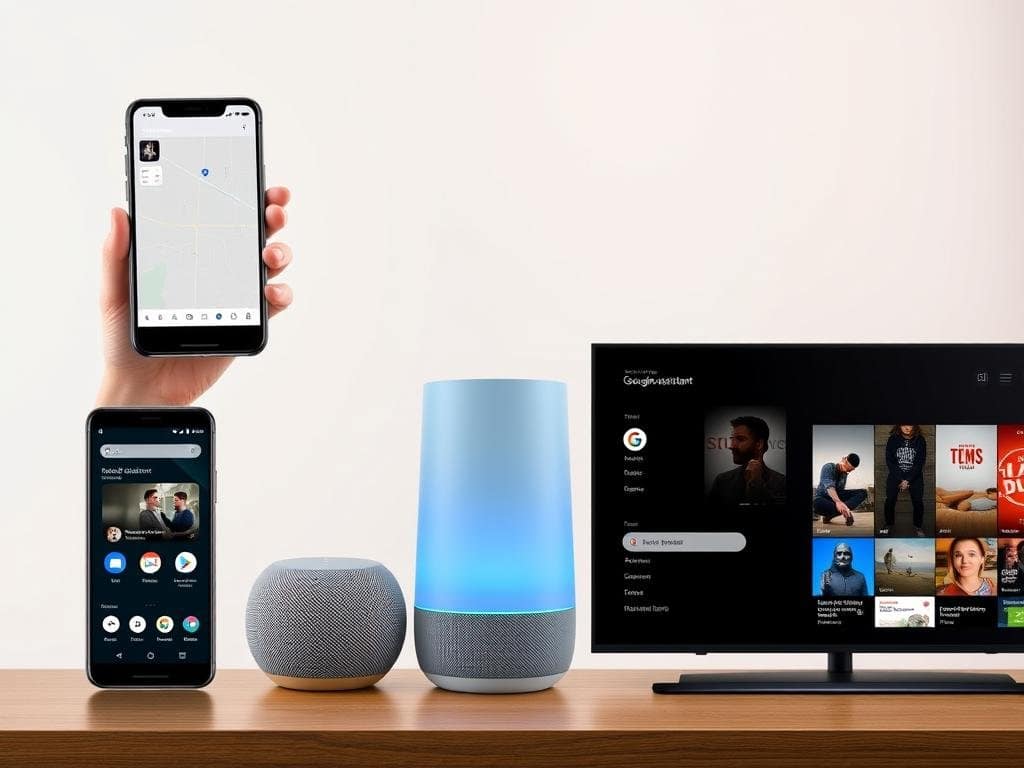
Launched in 2016, Google Assistant uses Google’s vast knowledge graph and search capabilities to excel at answering questions and providing information. Google has been enhancing its conversational abilities and capacity to handle complex, multi-part queries.
Key Advancements in Google Assistant:
Gemini AI for natural conversations
Continued Conversation for context without wake words
Support for multiple languages
Personalized responses with Voice Match
Real-time translation in 44 languages via Interpreter Mode
Reservation and appointment automation with Duplex
Complex query understanding
Integration with Google and third-party services
Google’s Duplex: AI That Sounds Human
Google Duplex, a feature of Google Assistant, can make phone calls to book reservations and appointments. It uses natural speech patterns, including pauses and ‘umms,’ to sound convincingly human.
Siri: Apple’s Privacy-Focused Assistant
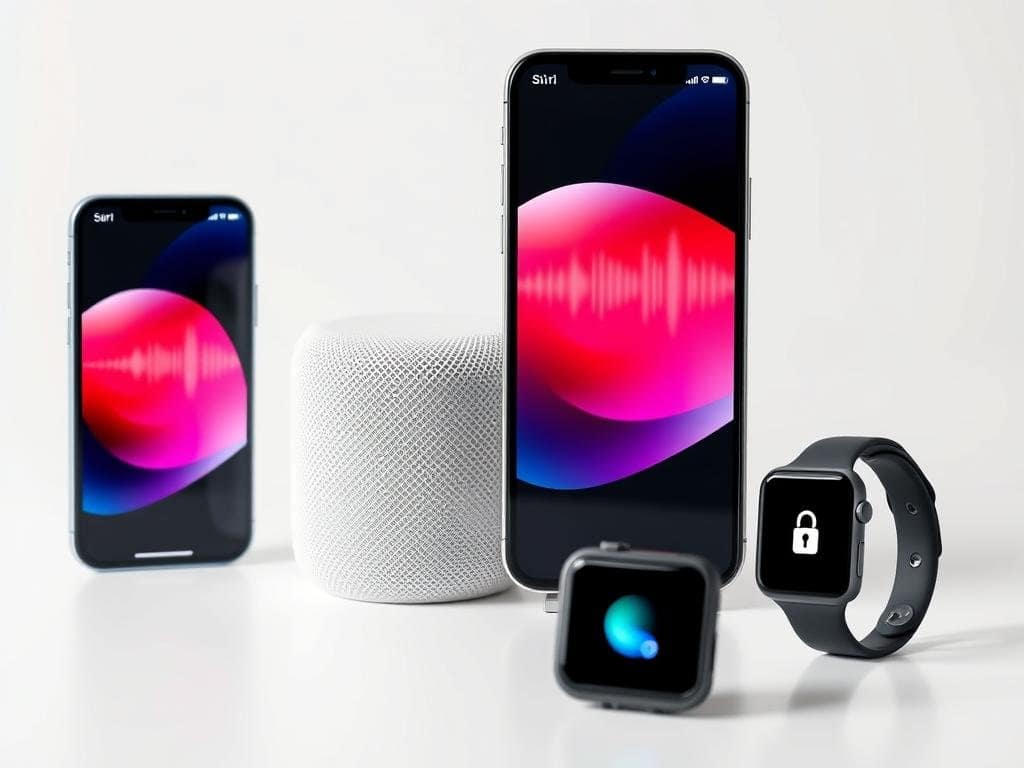
As the pioneer that introduced automated voice systems to the mainstream in 2011, Siri has evolved with a strong focus on privacy and seamless integration across Apple’s ecosystem. While initially criticized for falling behind competitors in certain capabilities, Apple has made significant strides with Siri through its Apple Intelligence Initiative.
Key Advancements in Siri:
- On-device processing for enhanced privacy and faster response times
- Integration with Apple Intelligence for improved natural language understanding
- Siri Shortcuts for creating custom voice commands and automations
- Enhanced contextual awareness between requests
- Improved speech recognition with personalized speech profiles
- Integration with ChatGPT for enhanced conversational abilities
- “On-screen awareness” for understanding and acting on displayed content
- Handoff capabilities that allow seamless transitions between Apple devices
Privacy Focus: Unlike its competitors, Apple processes most Siri requests on-device rather than in the cloud, enhancing privacy and security. When cloud processing is necessary, Apple anonymizes the data to protect user identity.
Impact on Daily Life
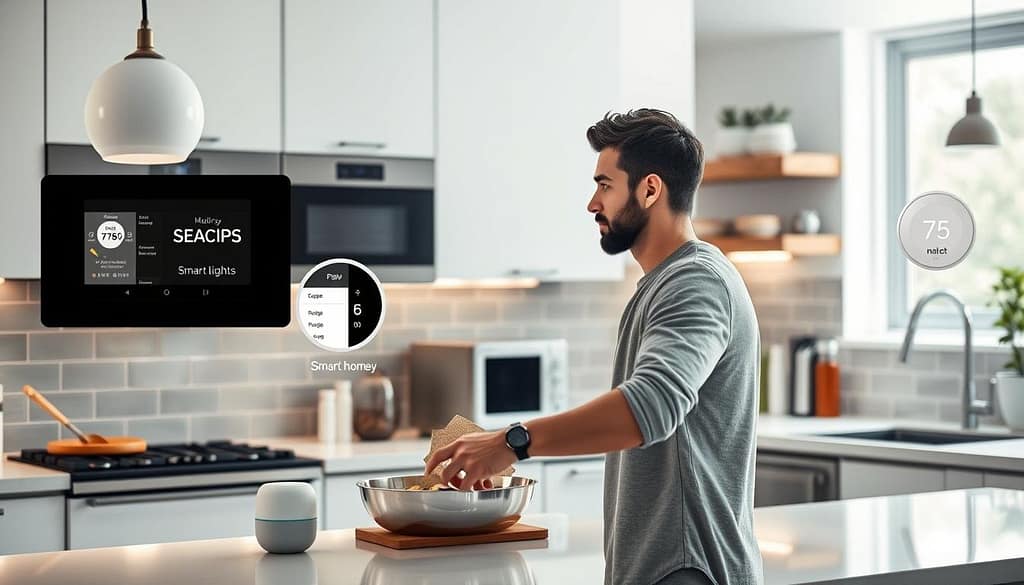
Speech-enabled assistants have moved beyond novelty to become integral tools that streamline daily tasks and create new possibilities for interaction with technology. Their impact spans multiple aspects of everyday life, from managing intelligent homes to providing accessibility features for those with disabilities.
Transforming Intelligent Home Control
Perhaps the most visible impact of voice assistants has been in automated home management. The ability to control lights, thermostats, security systems, and appliances with simple voice commands has fundamentally changed how people interact with their living spaces.
Lighting Control
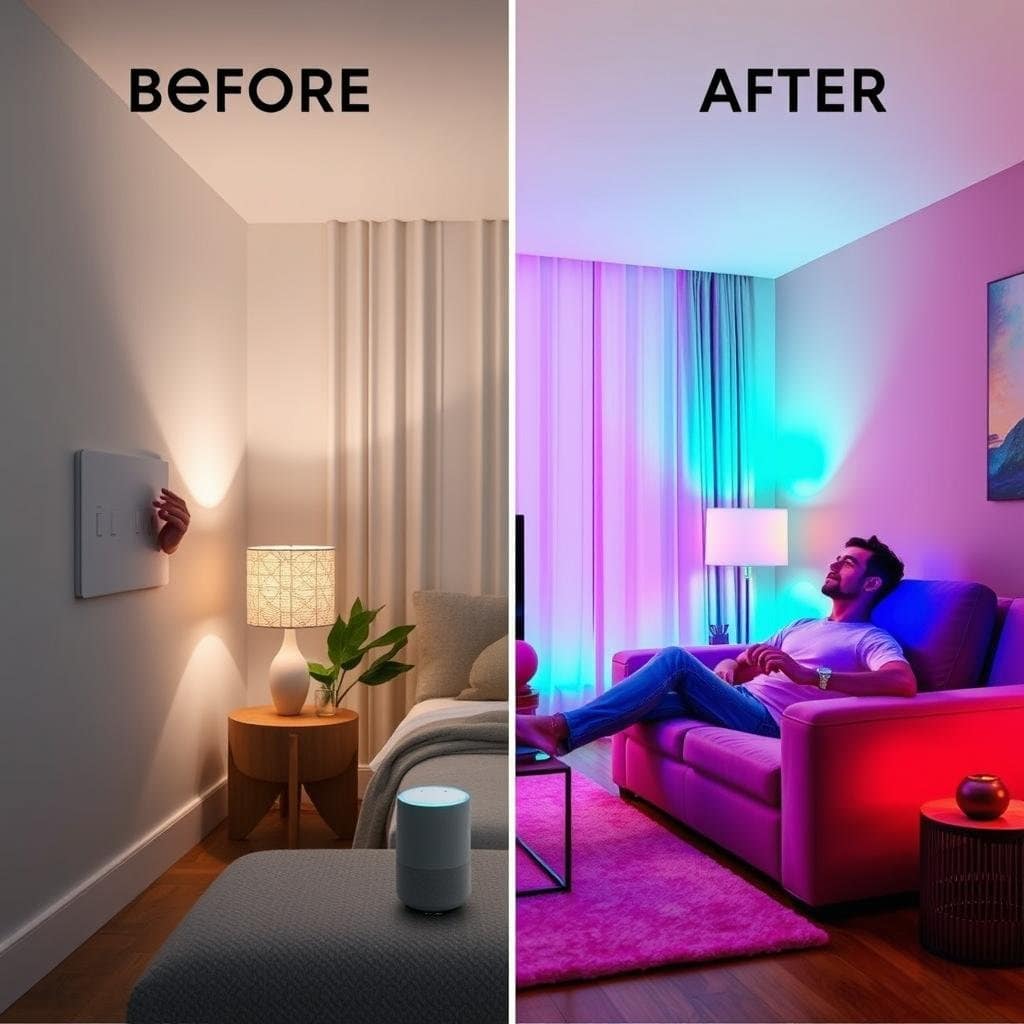
Speech commands can adjust brightness, change colors, and create scenes across multiple rooms simultaneously.
Climate Management
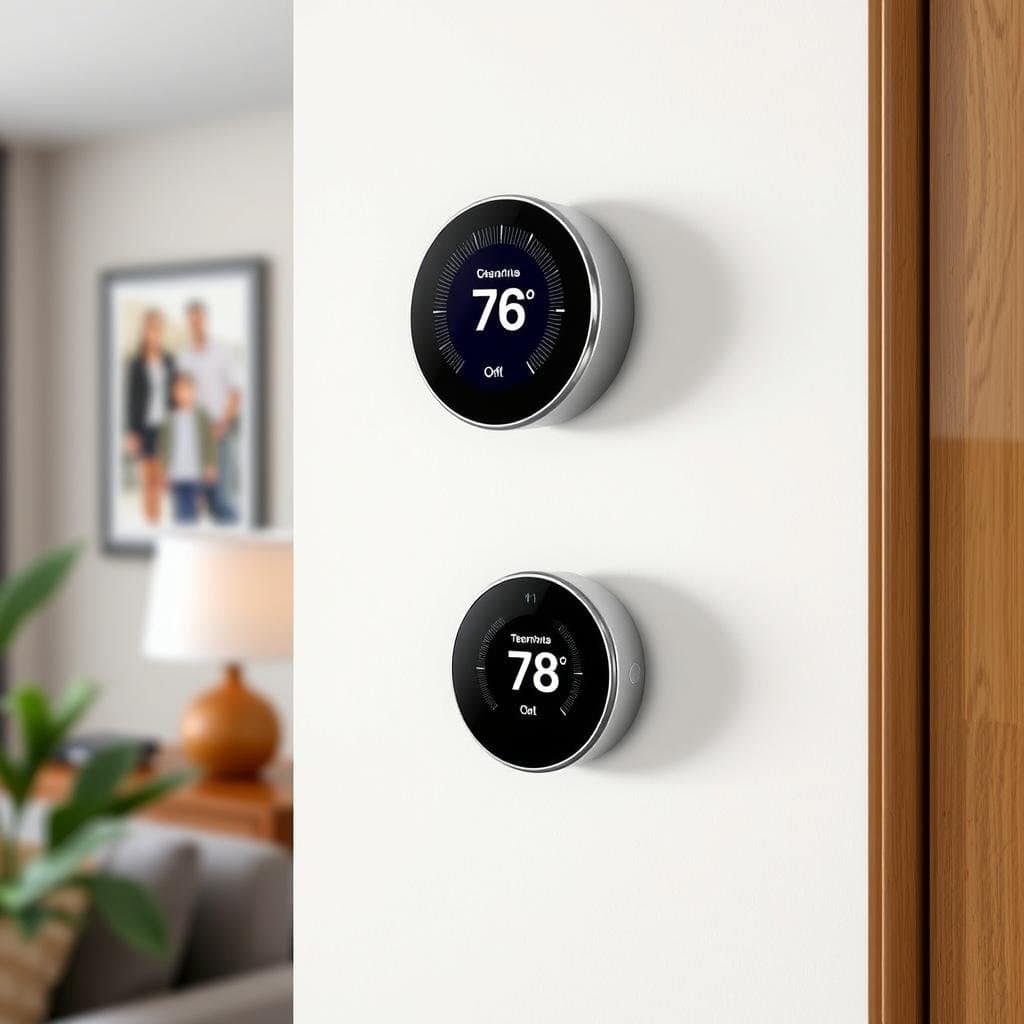
Adjust temperature settings, create heating/cooling schedules, and optimize energy usage through voice.
Security Systems
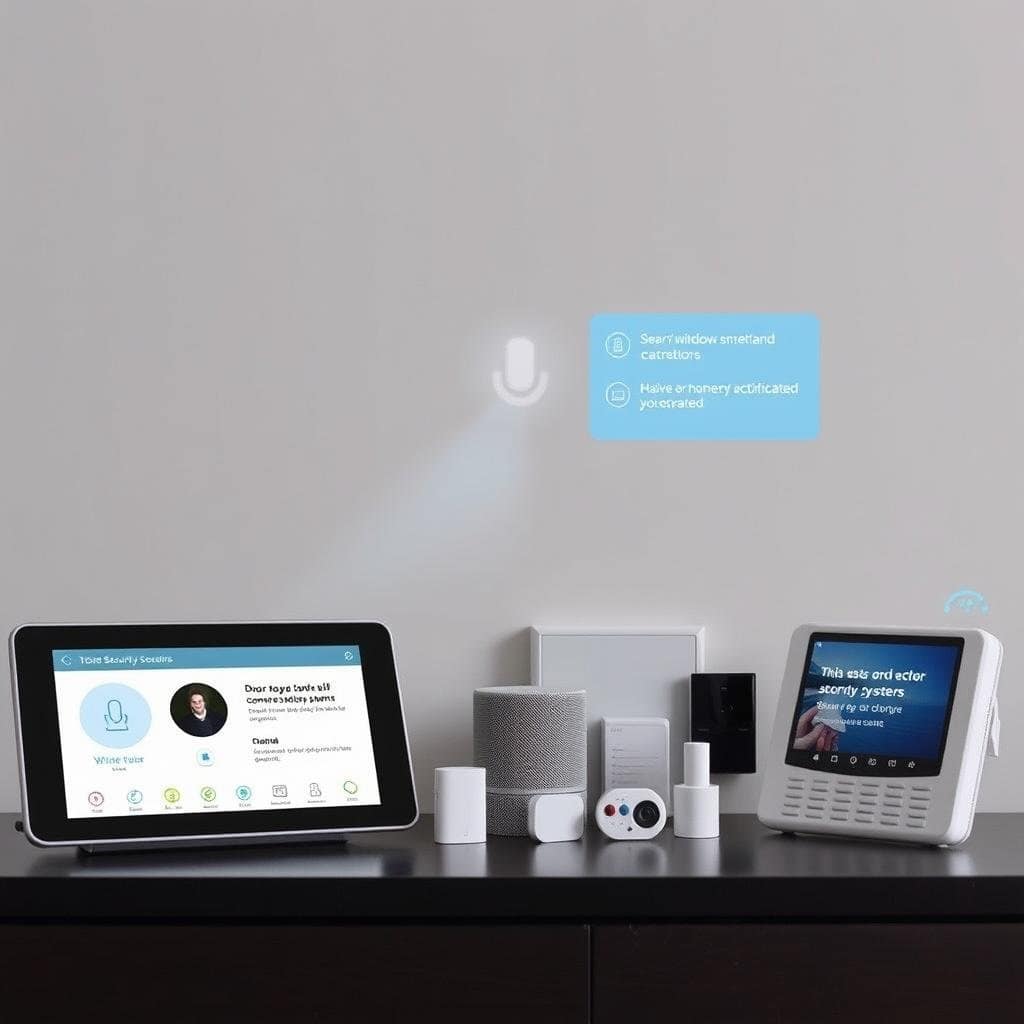
Arm systems, check camera feeds, and receive alerts about unusual activity.
“The average speech search result loads 52% faster than typical search results, making voice assistants particularly effective for quick information retrieval and smart home control.”
Enhance Your Tech-Enabled Home Experience
Discover how voice assistants can transform your living space with seamless control of lights, temperature, security, and more.
Enhancing Accessibility

Voice assistants have become powerful tools for accessibility, providing independence and assistance to people with various disabilities. For individuals with mobility limitations, visual impairments, or cognitive challenges, voice control offers a more accessible way to interact with technology.
Key Accessibility Benefits:
- Hands-free control of devices for those with mobility limitations
- Voice-activated emergency assistance and fall detection
- Medication reminders and health monitoring
- Screen reading and descriptive services for visually impaired users
- Simplified technology interaction for elderly users
- Routine automation to reduce cognitive load
Changing Consumer Behavior

Voice assistants are reshaping consumer habits across multiple domains, from how people search for information to how they shop and consume media. This shift represents one of the most significant changes in consumer behavior since the smartphone revolution.
Voice Shopping
In the United States, 38.8 million people (13.6% of the population) use smart speakers for shopping-related activities. Voice shopping is projected to reach $40 billion in revenue in the coming years.
Information Seeking
68% of smart speaker users employ them for quick fact-checking. “Near me” and local searches make up 76% of speech searches, fundamentally changing how people find local businesses.
Media Consumption
74% of consumers worldwide use voice assistants to play music, making it the most common use case. Voice control has simplified content discovery across streaming services.
Challenges and Concerns

Despite their growing popularity, AI-powered assistants face several significant challenges that impact user adoption and trust. Addressing these concerns will be crucial for the technology to reach its full potential.
Benefits
- Hands-free convenience
- Accessibility improvements
- Time-saving automation
- Simplified technology interaction
- Personalized experiences
Challenges
- Privacy concerns
- Accuracy limitations
- Interoperability issues
- AI biases
- Limited advanced adoption
Privacy and Security
Privacy remains one of the most significant barriers to wider adoption of automated voice systems. According to research, 41% of people fear that their digital assistants are actively listening to or recording them, and more than 40% express general privacy concerns about having these devices in their homes.
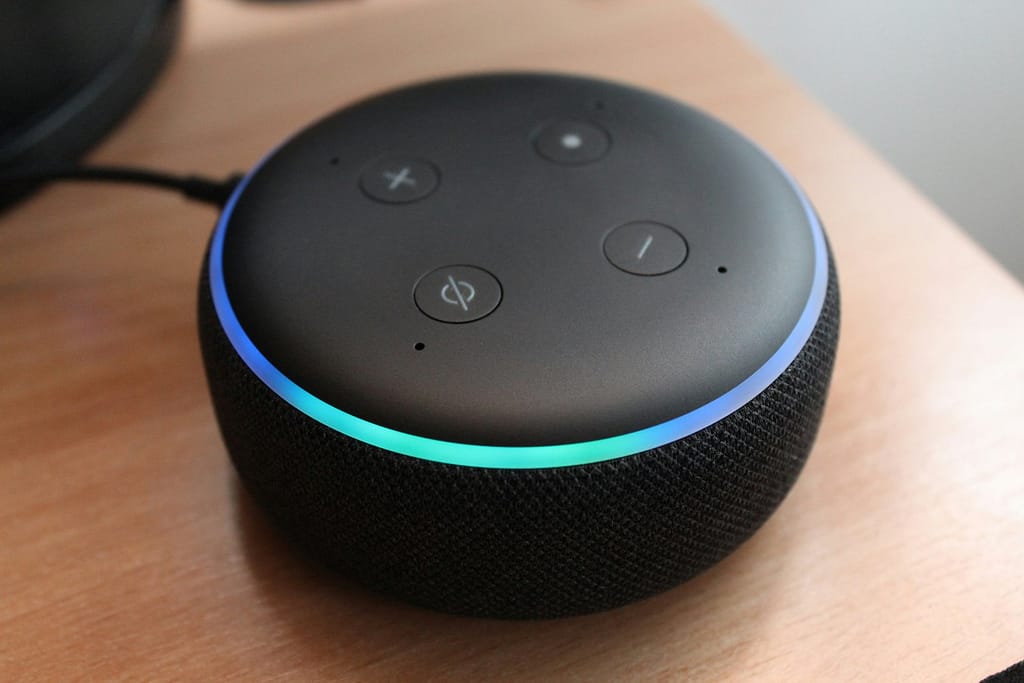
Are voice assistants always listening?
Speech-enabled assistants are designed to listen for specific “wake words” (like “Hey Siri” or “Alexa”), but they maintain a continuous buffer to detect these phrases. While they’re not technically recording everything, they are always listening for their wake words. Most devices process this initial listening locally on the device rather than sending data to the cloud.
How can I control what data my voice assistant collects?
All major voice assistant platforms offer privacy controls that allow you to view, delete, and manage your voice history. You can also typically opt out of having your recordings reviewed for quality improvement. Some assistants, like Siri, offer more extensive on-device processing to minimize data sent to the cloud.
Take Control of Your Voice Assistant Privacy
Learn how to manage your privacy settings and protect your data while using voice assistants.
Interoperability Challenges

The fragmentation of the voice assistant ecosystem creates significant challenges for users. Each major platform—Amazon, Google, and Apple—has its own ecosystem of compatible devices and services, often with limited cross-compatibility. This “walled garden” approach forces consumers to commit to a single ecosystem or deal with the complexity of managing multiple assistants.
| Compatibility Feature | Alexa | Google Assistant | Siri |
| Third-party smart home devices | Excellent (140,000+) | Very Good (50,000+) | Limited (HomeKit only) |
| Music services | Excellent (multiple services) | Good (multiple services) | Limited (Apple Music focus) |
| Video streaming | Good (multiple services) | Excellent (YouTube integration) | Limited (Apple TV focus) |
| Cross-platform support | Good (iOS and Android) | Good (iOS and Android) | Limited (Apple ecosystem) |
AI Biases and Limitations
Voice assistants, like all AI systems, can reflect and amplify existing biases in their training data. These biases can manifest in various ways, from difficulty understanding certain accents or dialects to providing different quality of service to different demographic groups.
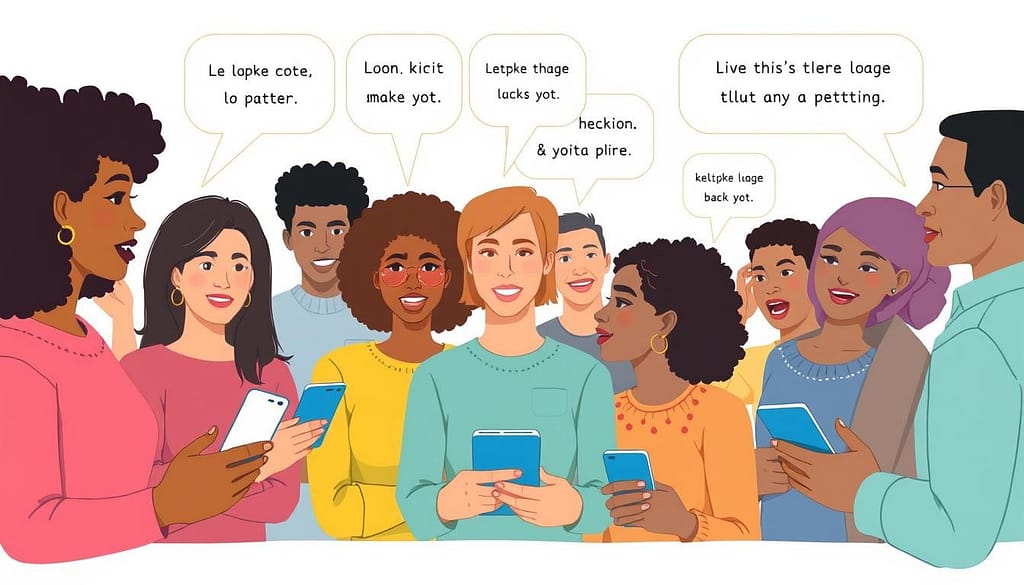
Voice Recognition Challenges: Studies have shown that voice recognition systems can have up to 30% higher error rates for non-native English speakers and certain regional accents. Companies are actively working to improve these systems by training them on more diverse voice datasets.
The Future of Voice Assistants

The integration of generative AI technologies like ChatGPT into voice assistants marks a significant turning point in their evolution. These advancements are enabling more natural conversations, better context understanding, and the ability to perform increasingly complex tasks. As we look to the future, several key trends are emerging that will shape the next generation of voice assistants.
Emotional Intelligence

Future voice assistants will be able to detect emotional states from voice patterns and respond appropriately, creating more empathetic interactions.
Healthcare Applications

Voice technology will play an increasing role in healthcare, from medication management to symptom checking and mental health support.
Ambient Computing

The future of voice assistants lies in ambient computing, where technology fades into the background while remaining constantly available.
“The speech and voice recognition market is projected to reach $53.94 billion by 2030, with a compound annual growth rate of 24.4% from 2023 to 2030.”
Stay Updated on Voice Technology
Keep up with the latest developments in voice assistants and discover how they continue to transform our interaction with technology.
Conclusion
The rise of voice assistants represents one of the most significant shifts in how we interact with technology since the touchscreen revolution. From their humble beginnings as simple voice recognition systems, Alexa, Google Assistant, and Siri have evolved into sophisticated AI platforms that are reshaping daily life across multiple domains.
As these technologies continue to advance, integrating more powerful AI capabilities and expanding into new areas like healthcare and ambient computing, their impact will only grow. While challenges around privacy, interoperability, and AI biases remain, the trajectory is clear: voice is becoming an increasingly natural and intuitive way for humans to interact with the digital world.
For consumers navigating this evolving landscape, the key is to understand the capabilities and limitations of each platform, take control of privacy settings, and find the voice assistant ecosystem that best aligns with their needs and values. As we look to the future, voice assistants will likely become less visible as distinct devices and more integrated into the fabric of our environments—always available when needed, but fading into the background when not.

